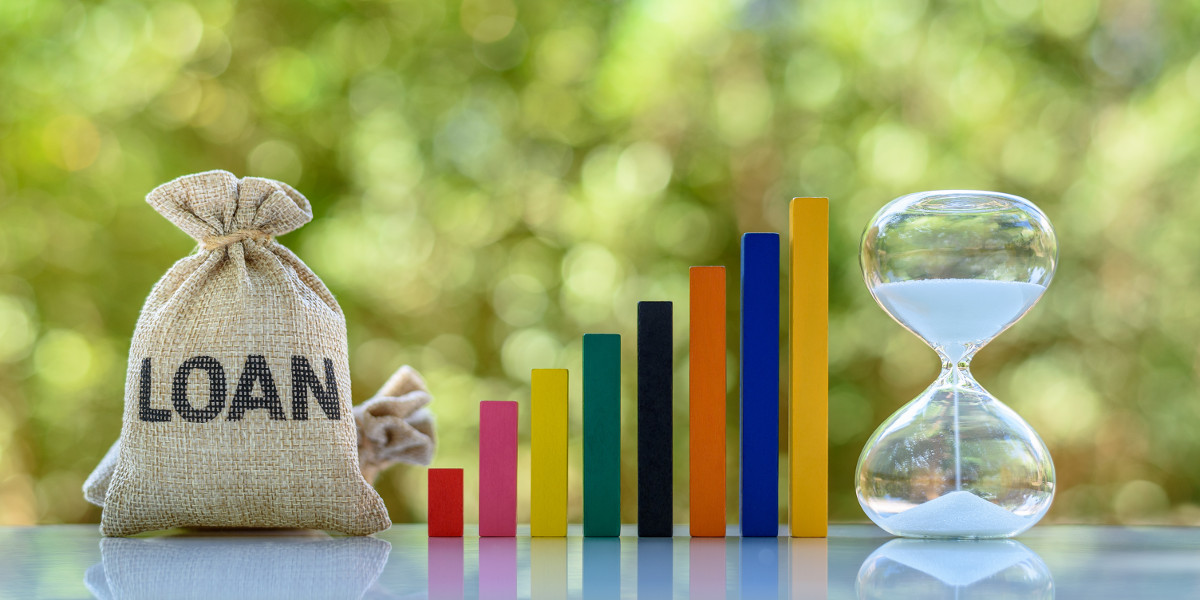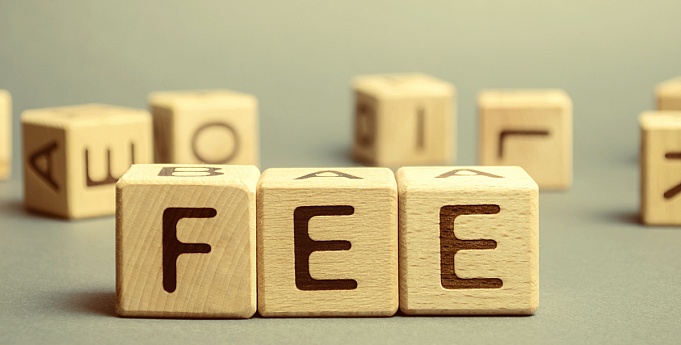How Personal Loans' Interest Rates Vary

Personal loans are one of the most popular types of debt consumers take on. You can use it to consolidate debt, fund home repairs, pay for medical expenses, and any other unexpected costs for which you need ready cash. Another advantage of personal loans is that there are plenty of lenders to choose from. Of course, not all personal loans are equal. They come with a variety of interest rates. If you're thinking about getting a personal loan, you'll need to learn more about these loans and how to compare the rates of personal loans.
What Are Unsecured and Secured Personal Loans?
Traditionally, unsecured personal loans do not require you to put up any collateral in exchange for the loan amount. Like all types of personal loans, you are required to repay the balance over a fixed period in monthly installments. However, the loans are considered risky by lenders since there are limited options for them to recoup their money should you default on the loan, which is why these loans typically have higher interest rates. The rates of these loans are usually 5 percent to 35.99 percent with a term of one to seven years. The rate you receive for this type of loan will depend mainly on your income and credit score.
Secured personal loans, on the other hand, require you to back them up using collateral which the lender can seize should you default on the loan. Some examples of secured personal loans include car loans and mortgages. Because you are borrowing against an asset, the rates on these loans are usually lower compared to unsecured loans because they are considered less risky.
What Is a Fixed-Rate Personal Loan?
Most personal loans (also known as personal installment loans) have fixed rates, which means that the interest rate, as well as your monthly payment, will stay the same for the life of the loan. This type of personal loan is a good option if you want your payments to stay consistent, making it easier to budget. It's also suitable for individuals who are concerned about interest rates rising on their long-term loan. However, these can be sometimes more costly compared to a variable rate loan.
What Is a Variable Rate Personal Loan?
Variable rate loans are personal loans that have interest rates tied to the benchmark rate set by banks. This interest rate is subject to change since the bank's benchmark fluctuates. Since the interest rate changes, your monthly payments and total interest costs will also change throughout the life of the loan. This means that your monthly payments can go higher or lower and are harder to predict and plan for. The good thing about this type of loan is that it typically has a lower APR compared to a fixed-rate loan. Take note that the interest rate may have a cap on how much it will change over a specific time frame and over the life of the loan.
How Are Interest Rates Determined?
Interest rates are determined by the Federal Reserve, US Treasury notes and bonds, and the banking industry. The Federal Reserve is responsible for setting the fed funds rate, which is the interest rate that banks charge each other when loaning funds overnight. This affects interest rates on short-term and variable interest loans.
Treasury Investors, on the other hand, affect the interest rates of fixed-interest loans and long-term loans that have a life of 15 to 30 years. Interest rates on these loans are usually higher than the prime rate (the interest rate that banks charge their best customers) and lower than revolving credit (what you find on credit cards).
All other types of interest rates are affected by banks. These interest rates are dependent on the banks' business needs. For example, if you miss a payment on your credit card, the bank may raise the interest rate on your card.
How to Compare the Rates of Personal Loans?
Personal loans tend to carry interest rates that are lower compared to credit cards and payday loans. Some types of personal loans have variable interest rates. In addition, the borrower's credit history will affect the rate a lender offers. The length of the loan will also have an effect on the rate. Typically, the shorter the length of the loan, the higher the rate and vice versa.
In 2019, the average annual percentage rate is believed to range from 10% to 28%. Take note that the APR of a loan is slightly different from the interest rate of a loan. The former is always higher than the interest rate. This is because the interest rate only refers to the annual cost of borrowing money while the APR is the interest rate plus any annualized fees. In short, when choosing a personal loan, you should check the APR instead of just the interest rate since it represents the total cost of getting a loan.
To give you a better idea of what rates you should expect on your personal loan, you should know what the APR range is for individuals with your credit score:
Individuals with a FICO score of 720 to 850 (excellent credit) can expect to be offered an APR of 10 percent to 12 percent, possibly lower. Individuals can apply for personal loans with good credit scores, ranging from 680 to 719, which may be offered an APR of 13.5 percent to 15.5 percent. A FICO score of 640 to 679 will typically get you an APR of 17.8 percent to 19.9 percent. If you have poor credit (a score of 399 to 639), then your APR may range from 28.5 percent to 32 percent.
Also, you should take note that online lenders tend to have a broader range of interest rates available. You may find a lower APR when working with online lenders who do not have physical branches to maintain and do not need deposits to maintain capital and reserve requirements. Their capital is from investors who wish a high return on their investment. In some cases, you can get a better deal with an online loan lender. However, don’t forget to check with your local bank. Loyal customers may get better rates.


